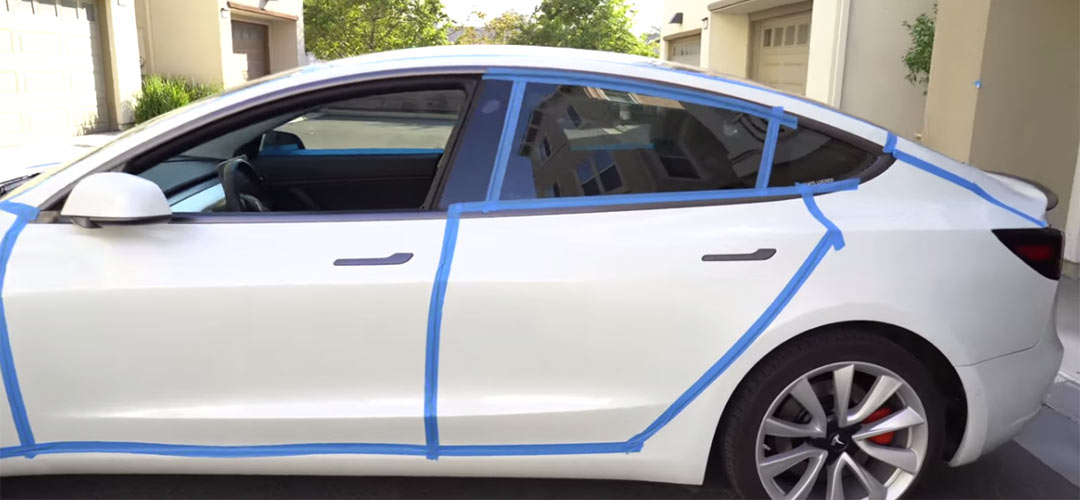“At first, it seems improbable. How could it be that Tesla, who has never designed a chip before, would design the best chip in the world. But that is, objectively, what has occurred, not best by a small margin, best by a huge margin. It’s in the cars right now. All Teslas being produced right now have this computer.”
Elon Musk’s words about the Autopilot hardware 3.0 upgrade during Tesla’s Autonomy Investor Day on April 22, 2019, were validated once more at the 2019 World Internet Conference at Wuzhen, Zhejiang Province in China. The all-electric car company was invited to the conference for making great strides in autonomous tech with its Full Self-Driving chip, which is now installed in the latest Model S, 3, X and, the upcoming Y.
The Wuzhen Summit
The conference, also known at the Wuzhen Summit, takes place annually and extends invitations to the companies around the globe who work hard to push their cyber-tech to the limit and lead others in the industry. The summit focuses on specific achievements in the cyber-tech sphere, namely:
- Artificial Intelligence
- 5G
- Cloud Computing
- Digital Manufacturing
- Industrial Internet
- Other Internet-related Fields
Tesla’s achievements in Autopilot tech have been recognized by the Wuzhen Summit before. They have been invited to attend the conference for four consecutive years. The Full Self-Driving chip may just be Tesla’s best achievement to date when it comes to Autopilot. It was specifically manufactured with Tesla vehicles in mind, which makes for an almost seamless transfer from hardware to software processing. The FSD chip works the same way we, humans, use our sensory processes—particularly vision.
Tesla's Organic Approach to Full Self-Driving
“You all used your own neural network in your brains to get here. You didn’t shoot lasers from your eyes to drive,” said Andrej Karpathy, Senior Director of Artificial Intelligence at Tesla, during Autonomy Investor Day.
Karpathy's analogy wasn't far from the truth. A closer look into FSD reveals that it works much like the human brain and our senses. To understand how everything works like certain functions in our bodies, let's take a little trip back to Biology 101. Our eyes gather information from our surroundings, sends it to our brain, which then processes it, and interprets what we see.
Similar to our eyes, Tesla vehicles have hardware that feeds information to the FSD chip. A Tesla is usually equipped with eight cameras, providing a 360-degree field of view and the capability to see up to 250 meters of the surrounding area. In addition, the all-electric car is built with 12 ultrasonic sensors, one radar, and GPS. One of the more unique sensory hardware installed in a Tesla is placed in the steering wheel and the pedals, allowing the FSD chip to process and learn how humans behave while driving, as noted by VP of Engineering, Stuart Bowers.
All of the information gathered by Tesla’s data-gathering hardware is then sent to the FSD chip. The chip is made of two independent systems. Each one contains a processor with 12 A72 cores, a GPU, and a processor for the Neural Network.
The way Tesla uses the information collected by each of their vehicles’ FSD chips to boost the Neural Network is similar to the way our left and right brains share information through the corpus callosum.
Let’s go back to Biology 101 again. The corpus callosum is the part of the human brain that connects the left hemisphere to the right hemisphere. Information can be gathered by one side. When that happens, the data is sent to the other side through the corpus callosum.
Each individual FSD chip is like a hemisphere in the brain, and the Neural Network is like the corpus callosum. It shares the data in the Neural Network with FSD chips with other Tesla vehicles.
Elon Musk and everyone involved in his various companies aren’t strangers to pushing technology further and transitioning dreams into the realm of reality. Tesla, with its Full Self-Driving chip, seems to be doing just that — which is probably why the Wuzhen Summit keeps inviting them back.
Background Thoughts
AI doesn’t have to be scary. I know there’s talk out there of Terminator-like vehicles or robots that will eventually surpass human-kind. However, after researching a bit more about the FSD chip and how it works, I think there are people out there who know enough about the intricacies of AI to develop one that will not lead to a disastrous world-ending scenario.
It’s comforting to know that the FSD chip and the Neural Network function similar to human processes and learn the same way humans do—to a certain extent. A Tesla copies a driver’s behavior, just like a child mimics his/her parents. So, we should all probably drive with caution…just in case.






